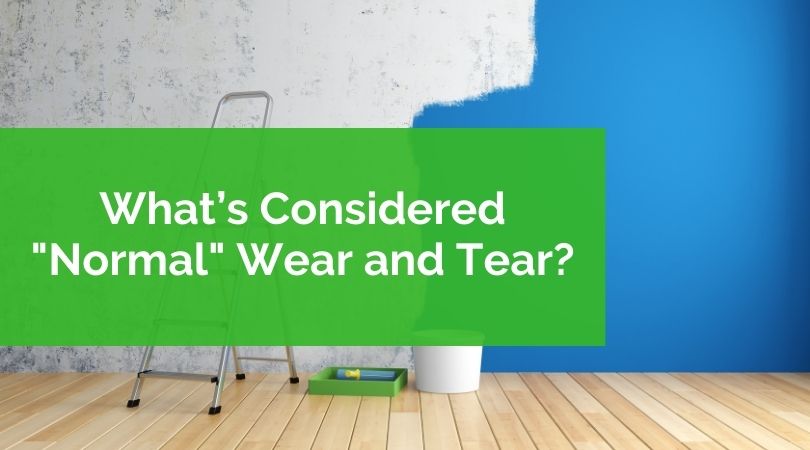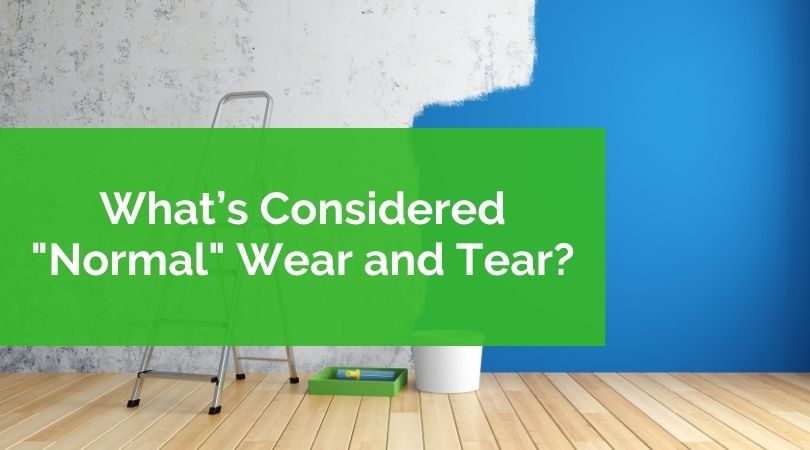
Like all material things, your home is also subject to normal wear and tear. The floors may not be as smooth, your tiles may not look as bright and your door may have scratches here and there. All these are normal and expected.
Homes naturally depreciate over time. This is normal and acceptable. Your rental unit won’t look the same as it did the day the renter moved in.
Different states have various definitions of what constitutes normal wear and tear. Laws commonly stipulate that the cost of repairing damage in a rental may be deducted from a tenant’s security deposit except in the case of wear and tear.
Examples of Normal Wear and Tear
To help us classify what normal and wear are, here are some indicators:
- Paint on walls is fading or peeling
- The wallpaper appears faded or slightly torn
- Countertops have scratches
- The carpet contains small stains
- Loose grout on tiles
- Walls contain small cracks
Now, it’s important to know the difference between excessive damage and normal wear and tear. You can’t charge your renter with fixing the damages for normal wear and tear. However, they are responsible for covering the cost of damages caused by neglect.
Defining Excessive Damages
Excessive damages are those that fall beyond natural aging or depreciation. This can occur due to a tenant’s grave abuse or serious neglect of the unit. These are unexpected damages that lower the value of the rental home or furnishings.
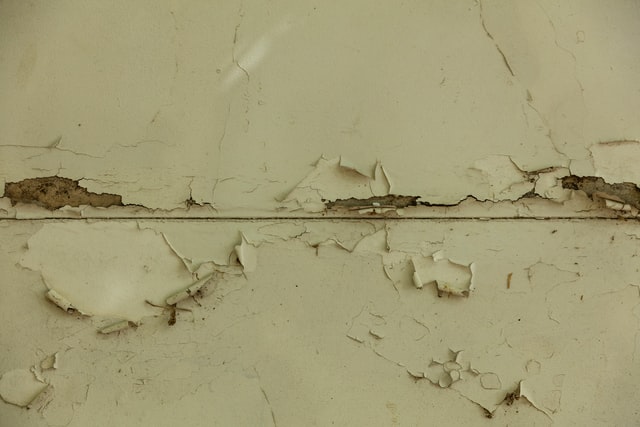
Examples of excessive damage include:
- Broken windows
- Large holes appearing on the walls
- Carpet burns and large or heavy stains
- Doors torn from their hinges
- Heavy scrapes found on the floors
- Appearance of mold
Regular Maintenance of the Rental Space
As a landlord to protect your investment property against the inevitability of normal wear and tear, it’s important to perform consistent property maintenance. Practicing the following steps can minimize and reduce damages found in your rental unit:
Walkthrough Inspections
Inspecting your rental ensures that you’re aware of how it looks initially. You must document this in photos and videos before a tenant moves in. This way when the rental agreement ends you have solid proof of how your rental appears before the tenant moved in versus its current state upon them move out. This is a convenient way to track damages. It also helps ensure that you’re assigning the repair fees/ deductions to the right party.
Cleaning
Scheduling for professional cleaning once or twice a year can raise the value of your rental. You’ll be able to keep the unit well-maintained and spot issues pre-emptively. Cleaning fees may be split between you and your tenant depending on the leasing agreement.
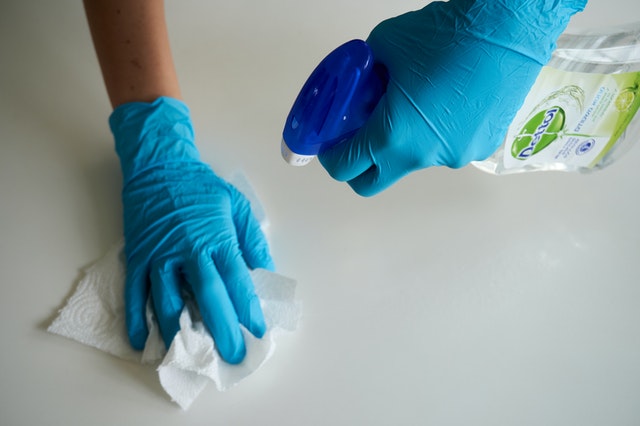
Painting
Repainting your walls can fall under the category of renovation or home improvement, depending on if the tenant had painted your walls with another shade without permission or left it with multiple stains and markings then you can charge accordingly. Otherwise, putting a new paint coat is part of a landlord’s maintenance program to maintain the value of the rental space.
Carpet Steaming
If carpet steaming between tenants is a maintenance routine then no charges shall be collected from the renter. If the carpet appears to be damaged from several heavy stains or burns then carpet replacement or steam cleaning fees can be taken from the tenant’s security deposit.
Lightbulb Replacement
As a landlord, it’s part of your responsibility to ensure that the rental home remains well-lit. All lights must be working on the day the tenant moves in. They can replace the simple bulbs when they stop working. However, the landlord is responsible for handling the more complicated fluorescent lights.

Appliance Wear and Tear
Like all else, furnishing and appliances have a life expectancy. Normal deterioration is expected due to daily use. If the object wears down over time, this is acceptable and the replacement must be provided by the landlord.
Subjecting a renter to pay the full price for an item even if it has reached its life expectancy is unfair. However, if the item is new or has not reached its date of expiry, the renter may pay for a portion of the item replacement.
Let’s use the example of window blinds that are expected to last for 3 years. If in the second year of the tenant’s stay, the blinds break or bend, replacement, or repair charges can be split by both the renter and landlord depending on the severity of the damage.
Estimated Life Expectancy of Appliances
Here’s are estimates of home appliances and home furnishing life expectancies:
- Air conditioning units can generally last up to 10 years
- Tiles and linoleum need to be replaced after 5 years
- Window shades/ blinds can last for up to 3 years
- Water heaters should be replaced after 10 years
- Refrigerators can operate for up to 10 years
- Smoke alarms generally function for 10 years (Batteries must be checked and changed more frequently)
Being aware of life expectancy helps you compute the repair and replacement costs accurately and conveniently. So take the time to record the estimated dates of expiry.
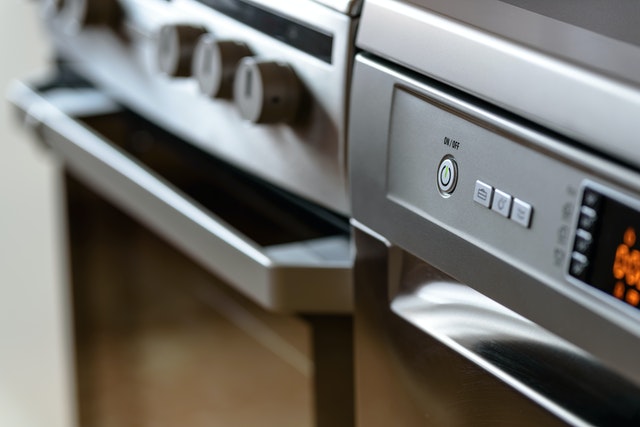
Bottom Line
Identifying wear and tear damage versus excessive damage will be a regular task for a landlord. Keep track of existing damages within your rentals at all times and define who's responsible for certain repair costs in the lease agreement. This will help you to avoid legal issues concerning security deposit deductions. Finally, make sure you only calculate fees outside the cost of normal wear and tear.
Hiring the services of a professional property management company can help alleviate any stress of keeping meticulous records and conducting inspections. Contact Income Realty Corporation today for more information!





